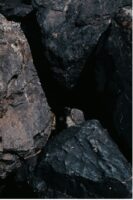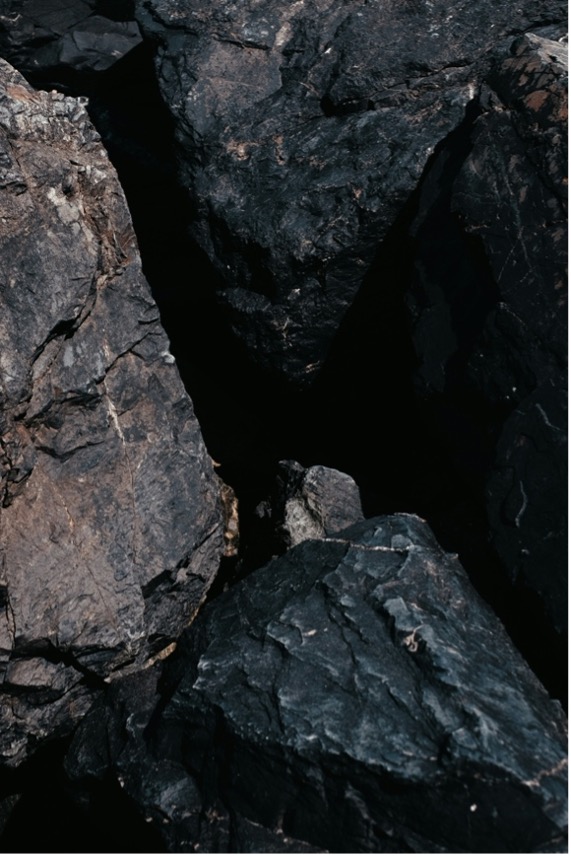
An Old-Fashioned Disease Still Poses Modern-Day Threats in Coal Country
By Savannah Collins
Hello, everyone! This is Savannah Collins, the VJEL Volume 26 Environmental Justice Editor, and this is my final post in this position. It has been an absolute honor and privilege to be part of this year’s editorial board and working on environmental justice issues at such a critical time. When I first began this position, I wanted to highlight environmental justice organizations who are on the ground, doing the hard work. I’ve been extremely fortunate to have a wonderful group of contributors this year and the opportunity to speak during the devastation following Hurricane Helene. Now, as a final send off, I would like to highlight an organization near and dear to my heart who I hope reminds you of what we are working for: our fellow person.
In September of 2024, I spoke with Mary Varson Cromer, the Deputy Director of the Appalachian Citizens’ Law Center (ACLC). The ACLC is a nonprofit law firm focused on providing justice for coal miners and those living in the coal fields of Appalachia. Founded on the needs of coal miners, ACLC has adopted a community lawyering approach grounded in a just transition. Mentioned in other posts on The Beacon, a just transition is the notion of making sure the same people are not harmed by new forms of energy we transition to as we move away from a fossil fuel economy. In the case of Appalachia, this looks like ensuring mines that were developed using mountaintop removal are properly rehabilitated, water sources are not completely depleted, and those who worked in the mines have a new place of employment as the mines shut down. It also looks like making sure miners with occupational diseases receive the benefits they were promised.
Coal mining has led to the plundering and exploitation of Appalachia. Miners have often been subjected to extremely dangerous conditions. Historically, they were exploited through the use of company towns and forced to stay in debt to the very companies using them for their labor. These horrendous conditions culminated in many armed battles with the company owners and even the federal government, including the infamous multi-ethnic strike in 1921 that led to the Battle of Blair Mountain. This battle was the origin of the term “redneck”—referring to the red bandanas signaling who were striking miners.
Today, the occupational hazards of coal mining have remained; however, the jobs have dried up quickly as the mines have closed. Due to the lower levels of available coal from centuries of mining, it now takes much more digging to find any usable coal, stirring up great amounts of silica. This increase has directly led to greater rates of black lung at younger ages and with more serious implications. Black lung, also known as Coal Miner’s Pneumoconiosis, is a latent and progressive disease where a buildup of silica in the lungs causes extensive scarring, making it more difficult to breathe. Individuals with black lung essentially are facing a death sentence simply because their work is so hazardous.
ACLC, in partnership with Black Lung Associations across Appalachia, have gone to Congress multiple times on behalf of black lung sufferers to ensure their federal benefits remain intact. In 2019, 150 miners went to Washington, D.C., to speak with lawmakers and make sure their benefits did not sunset. This action was successful.
Benefits for these occupational diseases are critical when the jobs for renewable energy often do not employ the current labor force in an area. Instead, experts are brought in to run the job sites, leaving hard working people like these coal miners struggling to find a job. There was some progress under the Biden administration’s Inflation Reduction Act, working in partnership with agreements involving the United Mine Workers of America, have been trying to link former miners with renewable energy jobs. This work has largely been put on pause with the Unleashing American Energy executive order under the current Trump administration.
Now, more than ever, it is critical to support the work of ACLC and Black Lung Associations. On April 8, 2025, the Mine Safety and Health Administration paused enforcement of the Silica Rule which requires mine operators to “update their respiratory protection programs and…obtain additional respirators.” Without rules enforcing respiratory mine safety, the effects of black lung only increase. Additionally, the National Institute of Occupational Health and Safety was closed in April of 2025, stopping black lung screenings

